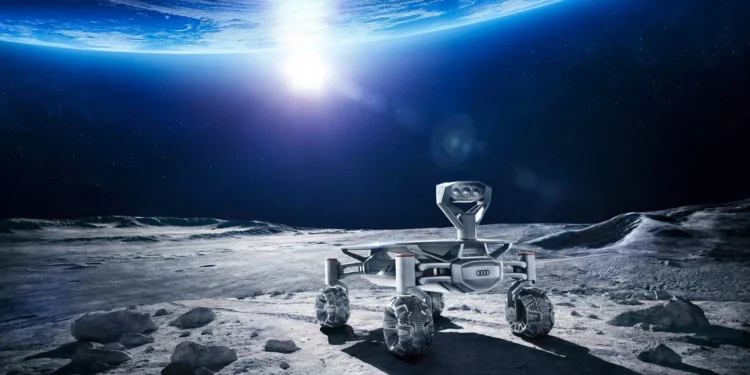Canada is backing autonomy in space. The Canadian Space Agency has awarded C$14.6 million in study contracts to Canadensys Aerospace, MDA Space and Mission Control. The work launches the design phase of a Lunar Utility Rover that will support future crewed operations on the Moon.
Those contracts sit inside a wider, 13-year, C$1.2 billion national lunar initiative that began in 2023. Ottawa’s goal is to secure a long-term role in NASA’s Artemis programme while deepening domestic expertise in robotics and space technology.
How the rover will work
Unlike earlier vehicles, the new rover must operate on its own for more than a decade. It will haul cargo, assist construction tasks and survive lunar nights that fall to –200 °C. Mission Control is developing the navigation and on-board AI, while Canadensys and MDA handle structure, power and manipulation systems.
Design rules require the rover to launch with at least 60 per cent Canadian content, rising to 80 per cent in later builds. That policy anchors critical subsystems at home and keeps intellectual property within Canada’s supply chain.
From lunar tech to Earth impact
Ottawa views the rover as more than a space asset. Success would give Canada exportable know-how in autonomous systems for hostile settings—think Arctic exploration, remote logistics and climate-resilient infrastructure. The CSA estimates the project will create about 200 research and engineering jobs over the next decade, clustered in some of the country’s most R&D-intensive sectors.
Over the next 18 months, the three contractors will deliver feasibility studies covering configuration, mission scope and systems integration. Subsequent phases will set the final design and procurement path. If the prototype meets its targets, Canada could field its first long-duration lunar rover, clearing the way for crewed missions, surface logistics and early Moon-based construction.
Canada’s lunar gamble is pragmatic as well as symbolic. By enabling machines to work where humans cannot, the country aims to secure a durable foothold in both deep-space exploration and terrestrial industries that rely on advanced autonomy.












